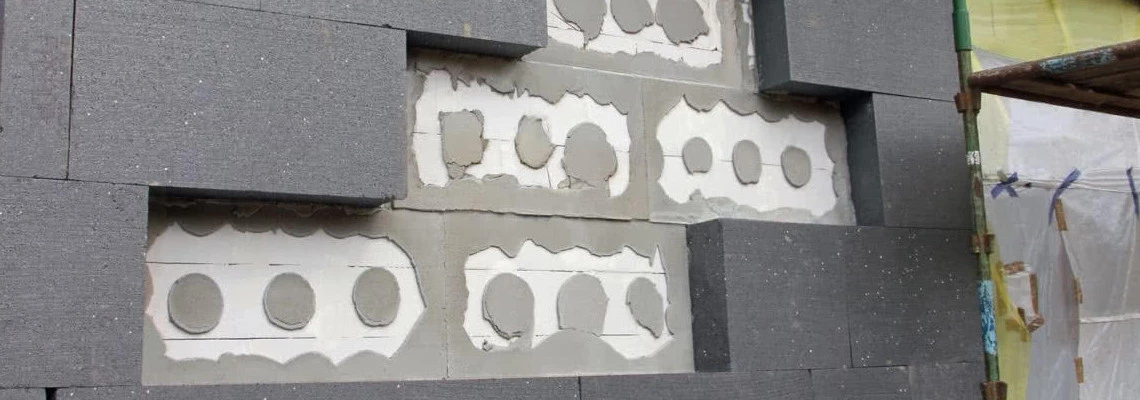
External Wall Insulation Problems. The Ugly Truth?*
External wall insulation is very popular these days because we are all trying to save fuel and money and external wall insulation for some people is one of the few opportunities. A lot of people in Britain are living in houses which are over 100 years old. A lot of those houses have solid walls, in other words no cavities. So in a house like this, when you are insulating external walls, insulation goes all the way down the outside of the wall. Hopefully you can get your external walls insulated everywhere, if not, this is where the nightmare starts. There are places where it becomes very difficult to insulate such as gas meter cupboard, boiler flue, fence post or cast iron drain pipes. Generally speaking, we have few places where, if we are putting external wall insulation up and we will have problems with. Most of the EWI installers are not going to take those things out to get insulation in. Here, we are going to explain how to deal with those problems and how they will affect your home.
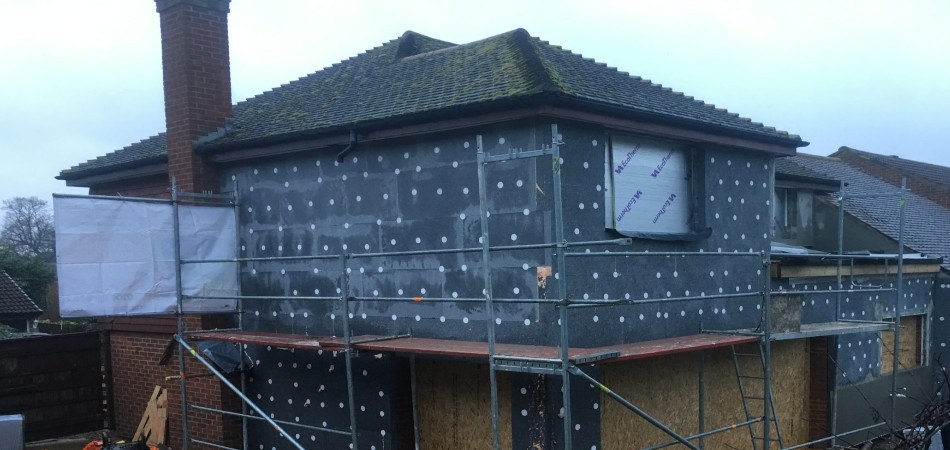
Picture credit:beconstructiveltd.com
 TABLE OF CONTENTS
TABLE OF CONTENTS
EXTERNAL WALL INSULATION PROBLEMS. THE UGLY TRUTH?
EXTERNAL WALL INSULATION POTENTIAL PROBLEMS
BURYING SOIL PIPES AND DOWNPIPES CABLES
EXTERNAL WALL INSULATION POTENTIAL PROBLEMS
Whatever EWI installers do, it is not going to be 100% perfect. At best, they insulate your property at 95%, maybe even more than that. You need to know that your EWI fitters are not gonna take the fence post off the wall or remove the gas meter. These guys are external wall insulation fitters. They drill, they glue polystyrene and they do rendering. They ain’t doing plymping or they ain’t doing gas work for sure. So you end up having around 5% of your property that hasn’t been properly insulated to the same standard as the rest of it. However 95% is a great improvement from where you were before and if you can save that kind of heat loss, you should be still happy to do it.

Picture credit: idealhome.co.uk
Here are the little areas where you may have problems with dutting external wall insulation project:
1. GAS METER BOX
The gas box is one of the first obstacles in the external insulation installation process. In fact, gas box is often omitted due to the high cost of its displacement. Considering the heat losses at this particular point, the costs associated with displacing the gas box will never be recovered.
However, in a perfect world, they should be relocated to the new external face (and presumably the gas entry point is sleeved through the original wall and the EWI layer). The only personnel allowed to move the gas boxes or change them are the gas engineers.

Picture credit: utilityboxrepairs.co.uk
2. ELECTRIC METER BOX
The situation is similar in the case of an electricity meter. The costs associated with its movement outweigh any possible savings. Nevertheless, leaving such an area uninsulated will always generate the risk of thermal bridges.
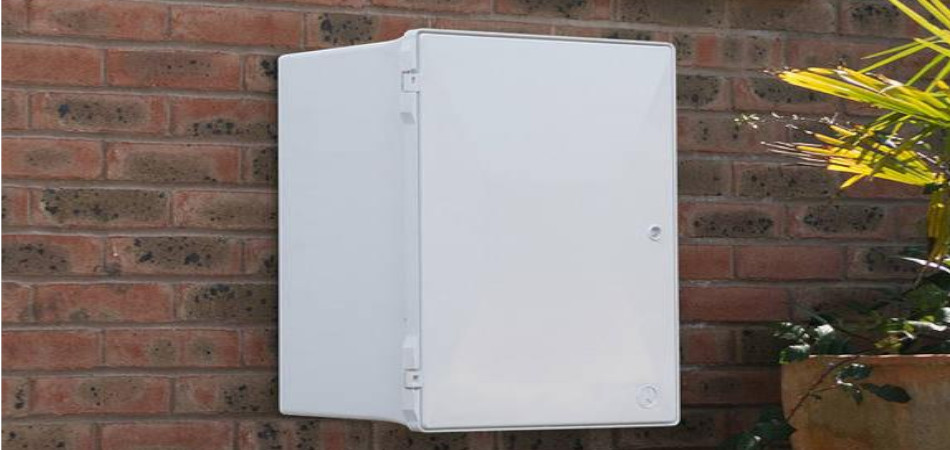
3. PIPES
When carrying out external wall insulation, it is obvious that any pipework and plumbing on the wall will probably have to be extended to accommodate the new insulation, which can be several inches thick.
Cast iron pipes are very difficult to adapt. As a matter of course, you can remove and replace cast iron with plastic equivalents wherever they need to be extended.
Providing cast iron pipework is very expensive and the current pipes cannot be altered in most cases. If you do require cast iron pipes, timber supports will have to be fitted to ensure that the pipe has enough to hold onto the wall. So plastic is always the best option here unless you absolutely have to use cast iron – in a conservation area for example.
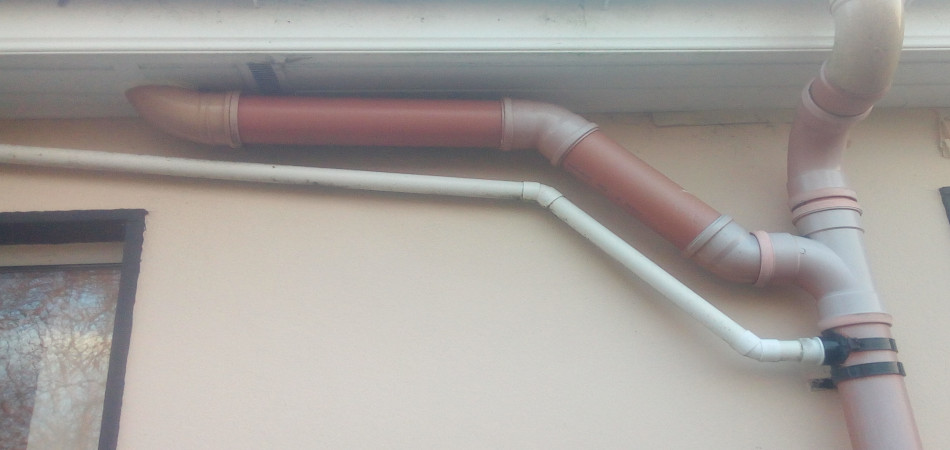
Picture credit:forum.buildhub.org.uk
4. WINDOW SILL
When installing insulation outside, you will also have to extend all window sills so that the water can run off the outline of the wall. Window sills and window reveals are most exposed to the occurrence of thermal bridges. The thickness of the insulation here is relatively small and sometimes negligible. It is therefore very important when installing a window sill to ensure that the new window sill is installed very well. The best material for this would be low expansion foam. For more information on how to install windows sill, click here
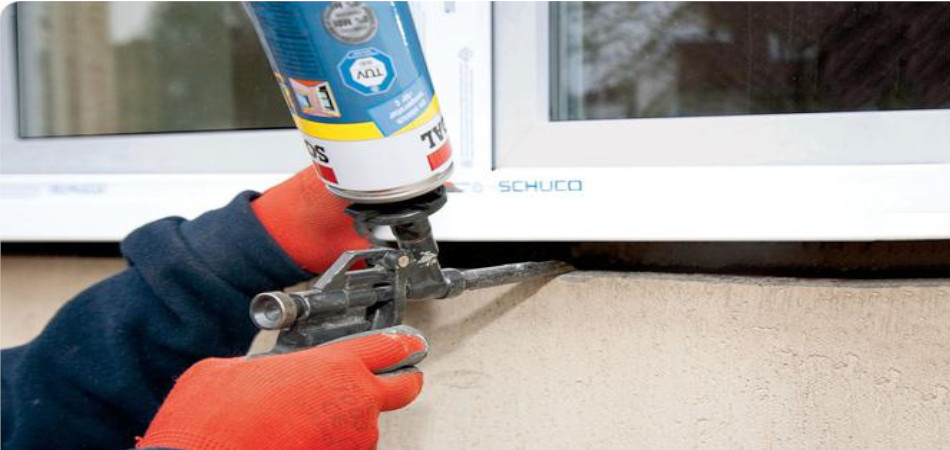
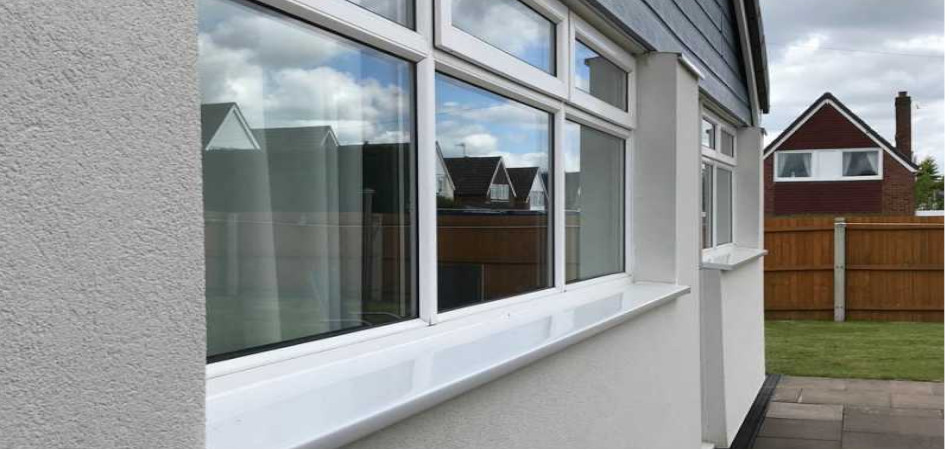
Picture credit: abbeylyndon.co.uk
5. FENCE POST
Often, when installing external insulation, you can also find a fence post on your way. While its temporary removal is not problematic, it may be a problem for some fitters. Therefore, it is important to take care of its removal before installing the insulation. If it is left untouched, it may rot inside the polystyrene over time due to the temperature differences prevailing there.
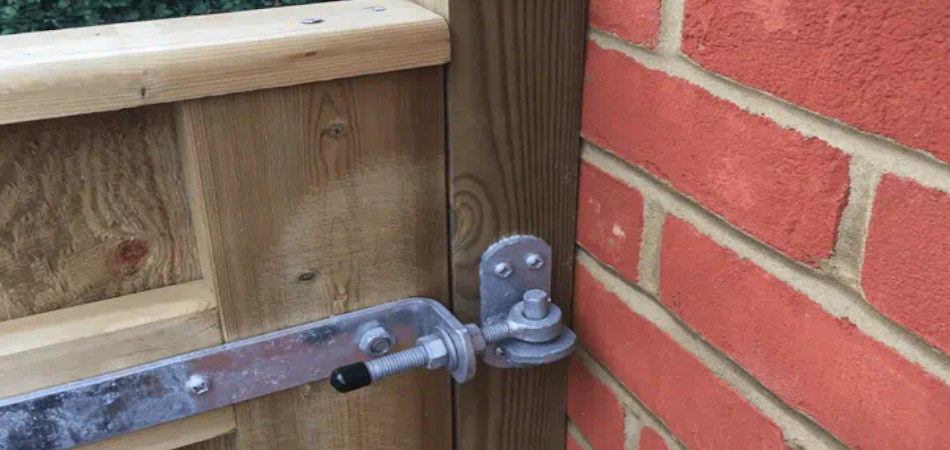
Picture credit:jacksons-fencing.co.uk
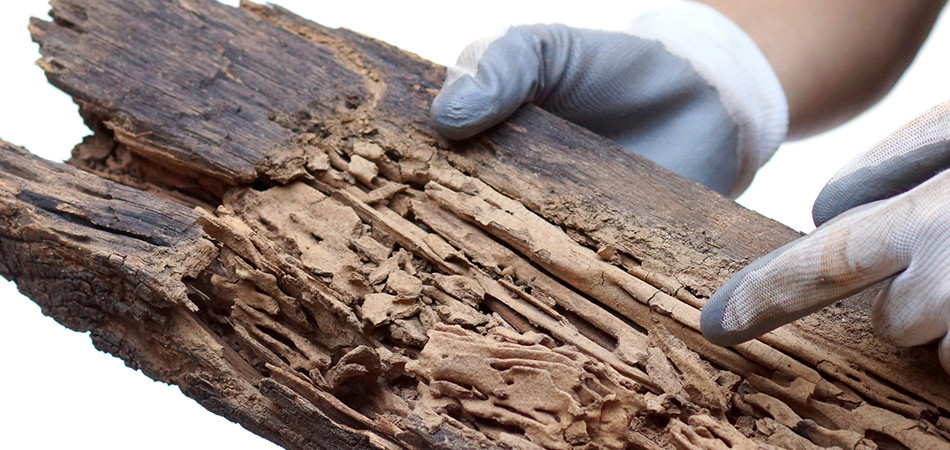
Picture credit: cedtechnologies.com
6. GAS FLUE
External wall insulation can add a layer 80mm – 100mm or more to the outside of the house, and this has obvious implications for the ability of the flue to function. It is necessary to extend the flue so that it is level with the new wall depth.
If the flue is even slightly buried in the wall, it can stop the boiler from functioning properly, and could in the worst case scenario cause carbon monoxide building up in the home.
A plumber will be required to extend the flue using the appropriate flue. The process usually adds around £180-280 to the average job. The gas boiler flue can get hot and potentially melt the EPS polystyrene on the wall, so you should make sure to have some Mineral Wool around the flue when it is extended.
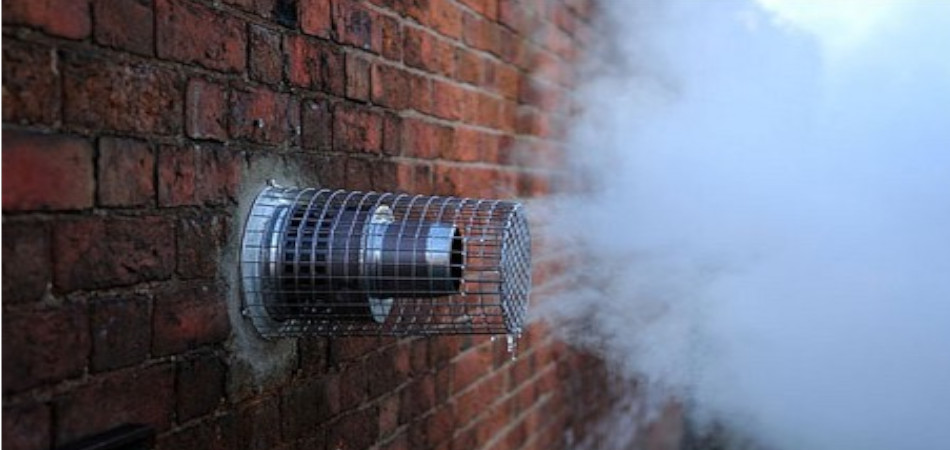
Picture credit: skillstg.co.uk
BURYING SOIL PIPES AND DOWNPIPES CABLES
PIPES
It is not recommended to bury any soil, waste, or downpipes. While it is possible to plant them in the insulation, numerous problems can arise when this is carried out.
Firstly, if there are any leaks in the pipes, or you need to get to the pipes for any reason, you will have to hack through the render to reach them. There will be a vast amount of patching involved as a result and a high cost to make the rendered surface.
Undiscovered leaks can cause the wall to become damp and mold inside the home. Even if the pipes are okay, there is always the danger that someone could drill through the pipe in the future and damage it when they fit something else to the wall.
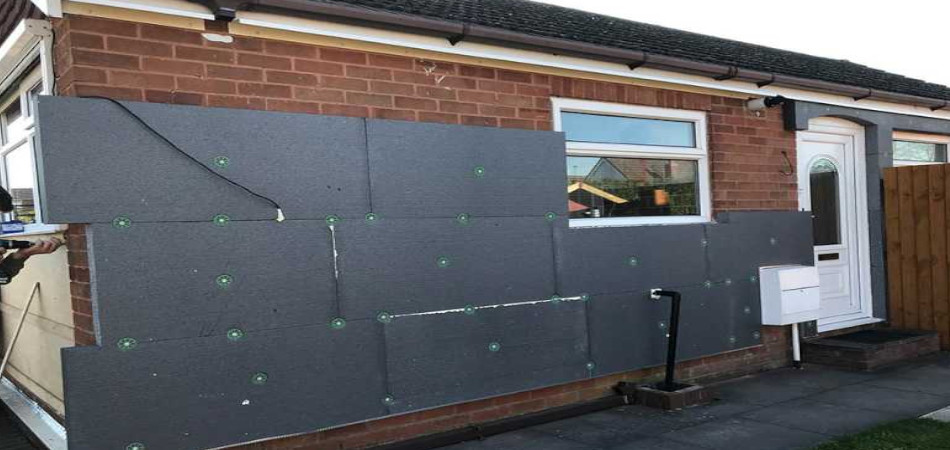
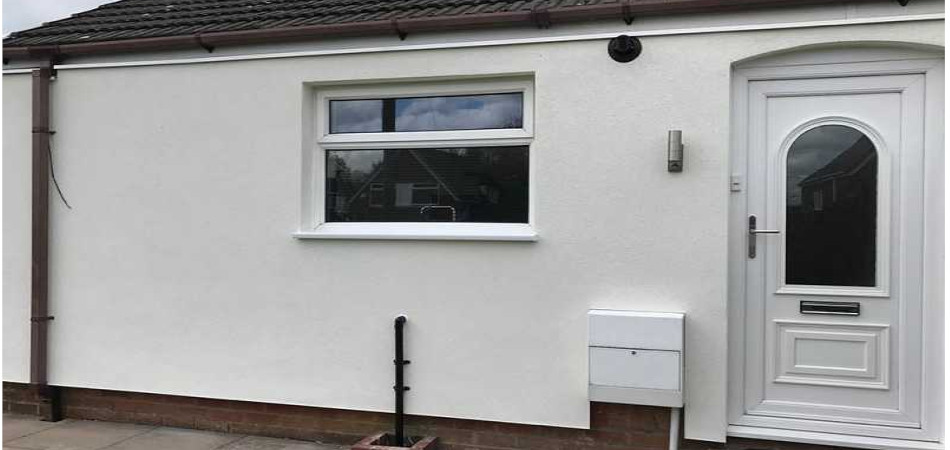
Picture credit:abbeylyndon.co.uk
CABLES
Some customers want their wall to look as tidy and clean as possible, with minimal cables showing on the wall. Thus it may be that the cables are buried in the insulation. This does not necessarily pose a problem, but you need to be aware of the following concerns.
Power lines should never be buried because the insulation can cause them to overheat and thus pose a fire risk. On the other hand the telephone and tv cables could technically be buried.
There is another option to hide the cables but not bury them in the insulation. The alternative is to use a plastic cover that will conceal the cabling on the wall. Chasing is very cheap and highly effective, although it doesn’t quite make for the clean wall that burying the cables does.
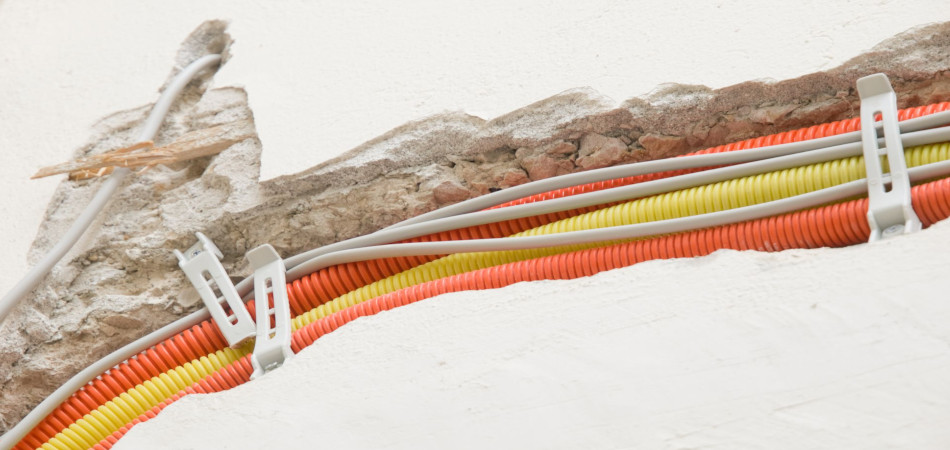
Picture credit: quora.com
BIBLIOGRAPHY
Picture credits:
1. beconstructiveltd.com, jpeg, accessed November 3, 2022.
Related articles:
DIFFERENCE BETWEEN EPS AND XPS INSULATION BOARDS
WHAT USES A LOT OF GAS IN MY HOUSE?
External wall insulation installed recently? Window sill turns out to be too short?
*All the information provided in the content published on Insulationgo blog is for informational and educational purposes only. Insulationgo LTD makes every effort to ensure the accuracy and timeliness of the content, but we do not assume any responsibility for any errors or omissions.
The information presented on this blog should not be considered as professional advice or a substitute for consulting relevant experts. Before making any purchase decisions or taking action based on the information presented here, it is strongly recommended to contact the product manufacturer directly to verify the details and ensure its suitability for your specific needs.
By using this blog, you acknowledge and agree that Insulationgo LTD shall not be held liable for any damages, losses, or inconveniences arising from the use or reliance on the information provided herein. This limitation of liability applies to all users of the blog, including but not limited to visitors, readers, and subscribers.










































































































